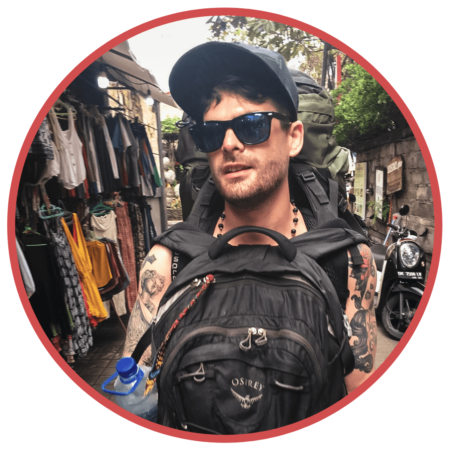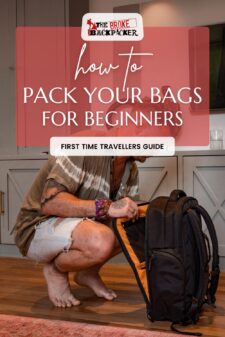There’s something exciting about planning your first big travel trip. Checking guide books, blogs and yes Instagram for travel inspo, drafting up itineraries and working out if you can fit both The Taj Mahal and Machu Picchu into a single day trip (sure you can) – it’s the best part of the whole trip for some.
But travel planning also includes some proper careful and thoughtful packing—and packing is one of the most overlooked aspects of travel that can make or break your adventure.
It’s easy to get it wrong. Overpacking can leave you lugging around a heavy suitcase filled with clothes you’ll never wear, while on the other hand underpacking may mean you’re without that all-important rain jacket in the middle of a sudden downpour. And let’s not forget the potential disaster of bringing along unsuitable items—high heels for a hiking trip, anyone?
But fear not dear reader! We’re here to help you navigate the art of packing like a seasoned traveller, ensuring that your journey starts off on the right foot.
How To Pack For That First Trip
Efficient packing is a skill that takes time and bitter experience to perfect, and it’s normal to get it wrong on the first few rodios. We’ve all heard the horror stories: a backpack filled with outfits you never touch, forgetting the essentials like a waterproof jacket, or the dreaded toiletry explosion that leaves your clothes coated in shampoo.
The first rule of packing is simply to be realistic. You might think you need those five different pairs of shoes, but trust us, you don’t (unless you do?). Stick to versatile, lightweight items that you can mix and match. For example, a good pair of jeans or chinos, a few t-shirts, and a light sweater can take you a long way. And don’t underestimate the importance of a well-organised toiletry bag—just remember to opt for travel-sized products and remember the 100ml liquid rule if you’re flying with a carry-on.
Speaking of carry-ons, let’s take a few momo’s to talk about baggage. With checked luggage fees rising and even budget airlines charging a premium for every extra gram, travelling light has never before been more important.
A well-packed cabin bag can be your best friend, but it’s not suitable for every type of trip. For short city breaks or warm-weather destinations, a carry-on will suffice. But if you’re headed on a long-term backpacking adventure through varying climates, you might need the extra space that checked baggage offers.
What To Take (and Not Take) On Your Backpacking Trip
When it comes to packing for a backpacking trip, the golden rule is to prioritise functionality and versatility.
Here’s a breakdown of the essentials and the items you should definitely leave at home.
Lightweight 40L Cabin Bag
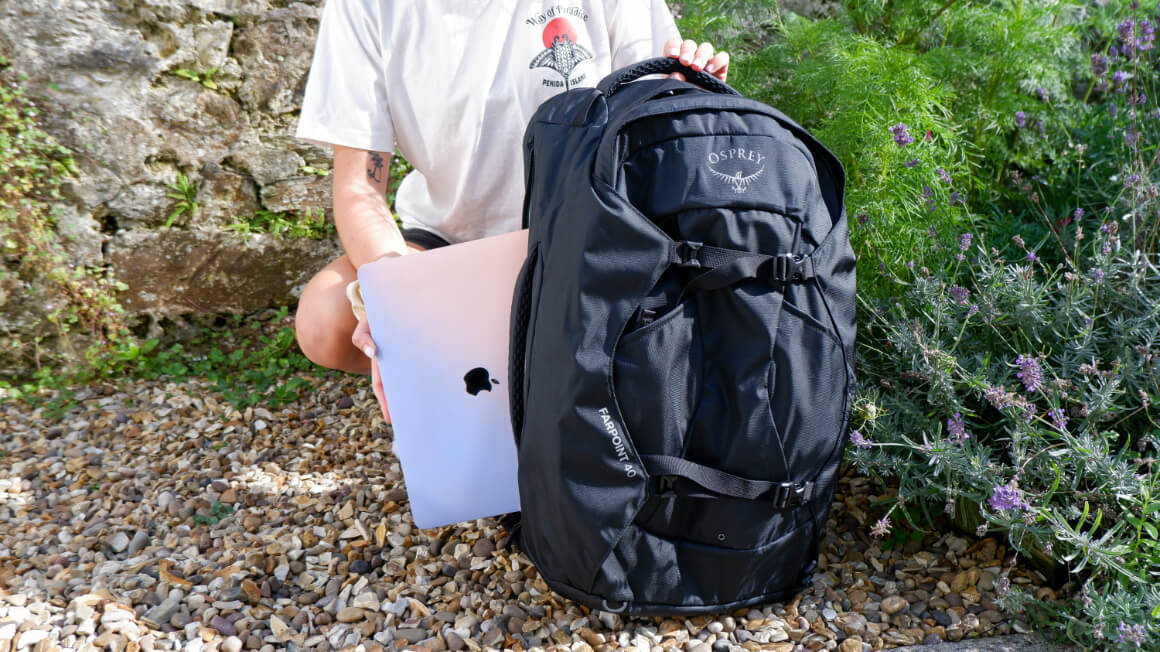
The Broke Backpacker is supported by you. Clicking through our links may earn us a small affiliate commission, and that's what allows us to keep producing free content 🙂 Learn more.
A 40L backpack is the perfect companion for first-time travellers aiming to pack light and avoid baggage fees. It’s small enough to fit in the overhead compartment but spacious enough to carry everything you need for a few weeks on the road. Brands like Osprey Farpoint 40 and CabinZero Classic are popular choices due to their lightweight design, durability, and comfortable fit. These bags also have multiple compartments, making it pretty sweet to keep your belongings organised and accessible.
Why 40L? Two reasons. Firstly because 40L is generally airline carry-on-limit size and also because it forces you to bring only what you truly need. You’ll be less tempted to overpack, and your back will thank you when you’re navigating crowded streets or rushing to catch a bus. Plus, you won’t have to worry about lugging a massive suitcase up several flights of hostel stairs!
Toiletry Bag
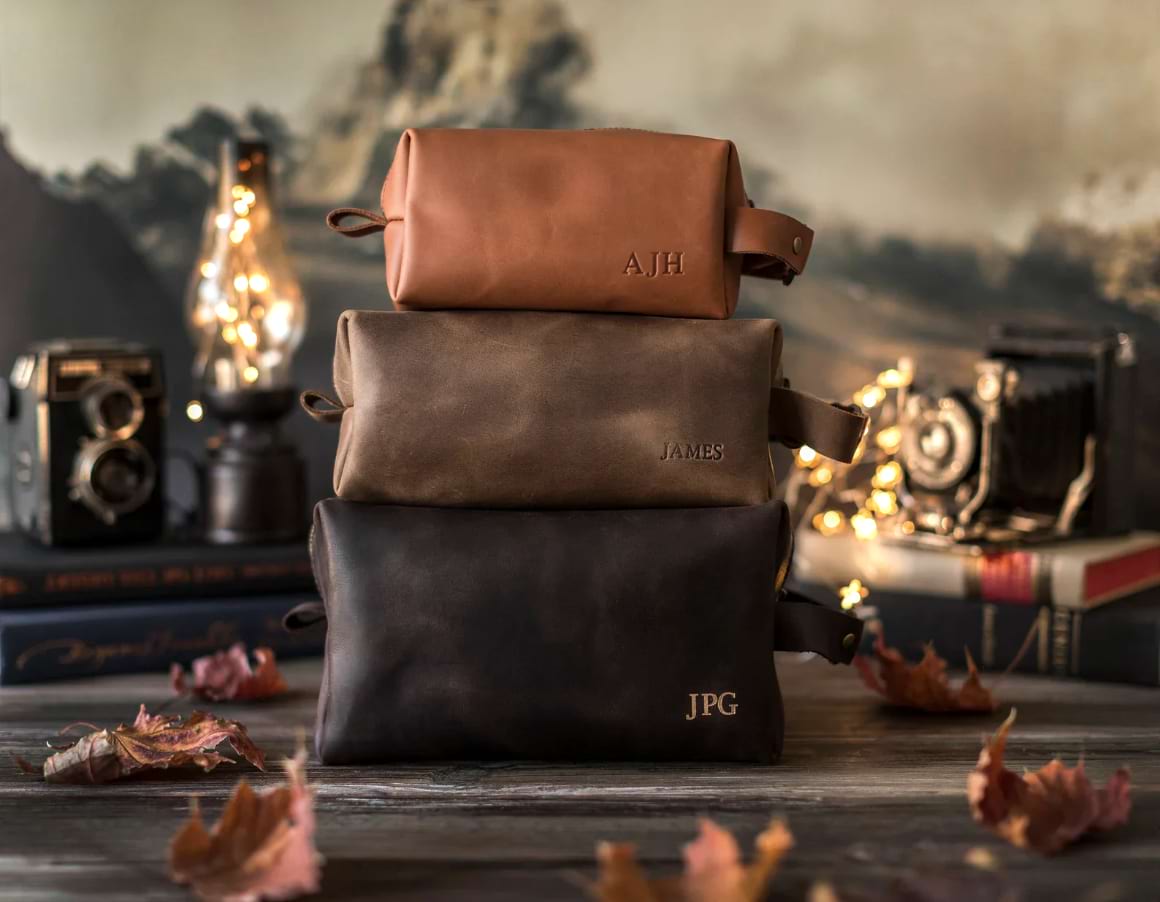
A well-stocked, compact toiletry bag can save you from many sticky situations (literally!). Look for either a waterproof, roll-up bag like the Sea to Summit, TravellingLight or the Eagle Creek Pack-It Specter. Alternatively plump for a nice, stylish leather toiletry bag as leather is a wipeable and durable material. I have personally used the mens toiletry bag by Leatherius for my last few trips now 😉
Remember, if you’re only carrying a cabin bag, you’ll need to adhere to the liquid limits when packing your toiletry bag. So maybe opt for solid toiletries like shampoo bars, deodorant sticks, and toothpaste tablets. Not only will this save space, but it’ll also prevent any messy leaks from ruining your perfectly packed bag.
Lightweight Rain Jacket
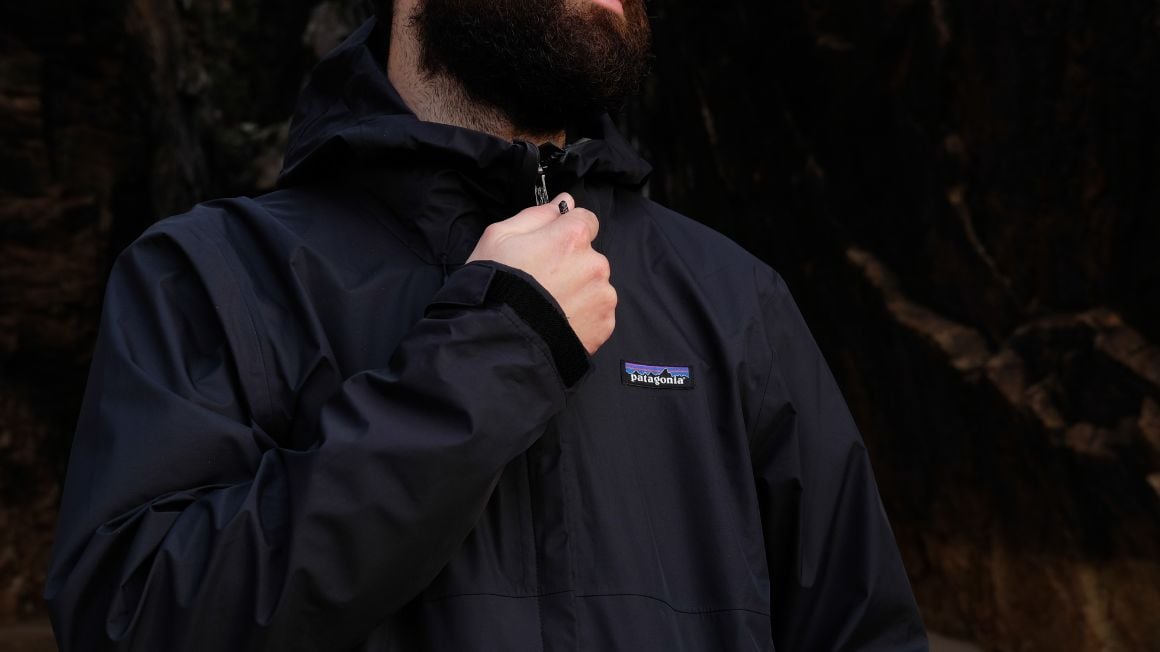
A rain jacket might not seem like an obvious choice, especially if you’re headed somewhere sunny, but the weather can always be unpredictable. A lightweight, packable rain jacket like the Patagonia Torrentshell or The North Face Venture 2 is an excellent investment for travellers. These jackets are not only waterproof but also breathable and versatile enough to be worn in both urban and rural settings.
Alternatively go for one that’s easy to fold into a small pouch—it’ll fit neatly into your daypack and be ready to go at a moment’s notice. You’ll be grateful for it when you get caught in an unexpected downpour or need an extra layer on a chilly evening. The Patagonia Houdini is a good one.
Micro Towel
Regular old towels are bulky, heavy, and take forever to dry— as such they are not exactly ideal for the backpacking life. Instead, savvy travellers opt for a microfiber towel like those from Sea to Summit or PackTowl. These towels are lightweight, incredibly compact, and dry incredibly fast, making them perfect for hostel stays or beach trips.
They also come in various sizes, so you can pick one that suits your needs. Whether you’re hitting the gym, going for a swim, or just need something to dry off after a shower, a microfiber towel is a must-have item for any backpacker.
Clothes
The first rule of packing travel clothes is that less is more. Now we’re not here to dictate your style, but really versatility is key. Choose items that can be dressed up or down—think shirts that can be worn buttoned up for a night out or open over a t-shirt for a casual day look. Merino wool t-shirts are a great option as they’re lightweight, breathable, and odour-resistant.
Always check the weather forecast before you fly and pack accordingly. If you’re heading somewhere with unpredictable weather, layers are your best friend. And whatever you do, don’t overpack as you can always buy extra gear or do laundry on the road.
Technical Trainers/Sneakers
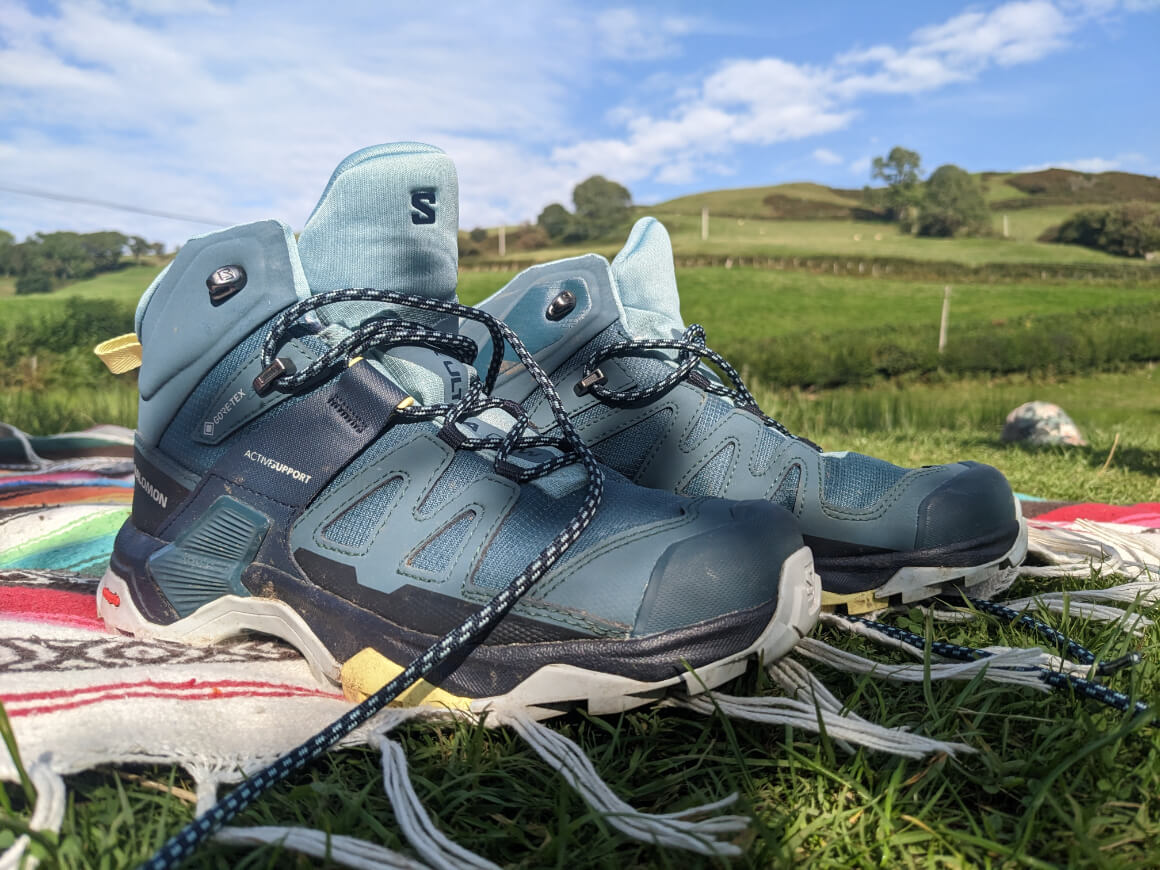
A good pair of comfortable, multi-purpose shoes can be a great investment. Technical trainers like the Salomon X Ultra 3 or the Adidas Terrex Swift R2 are lightweight, durable, and offer excellent grip, making them perfect for city strolling, light hikes, and everything in between. However they are not always the most aesthetically pleasing and personally I don’t like wearing them in urban situations or when going for dinner/drinks.
Still, try not to bring multiple pairs of shoes—they take up too much space. Instead, focus on finding one or two pairs that can handle most situations. And don’t forget, you’ll be wearing these a lot, so make sure they’re broken in before your trip!
Quick Drying Anti-Odor Socks
Never underestimate the power of good socks. Quick-drying, anti-odor socks like those from Smartwool or Darn Tough really are worth every penny. They’ll keep your feet dry, comfortable, and stink-free, even after a long day of exploring.
Pack a few pairs, but don’t go overboard—you can always wash them on the go even if it’s only in your bathroom sink. Look for merino wool or synthetic blends that dry quickly and resist odour buildup.
eSIM
Staying connected on the road is a must these days, and a travel eSIM can be a game-changer. Companies like JetPac and HolaFly offer eSIM options that you can purchase and activate before you fly, allowing you to use local data without the hassle of finding a SIM card vendor upon arrival.
It’s a great way to avoid high roaming charges and ensure you have access to maps, booking confirmations, and travel information as soon as you land. Just make sure your phone is eSIM compatible before making a purchase.
Final Thoughts
Packing for your first backpacking trip can be daunting, but with a little preparation and the right gear, you’ll be ready for anything. Remember to prioritise versatility, keep it lightweight, and always check the airline’s baggage policies before you pack. Now, get out there and make some incredible memories!


